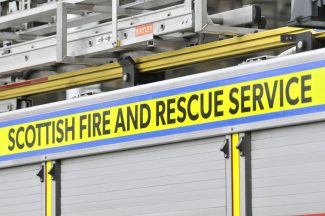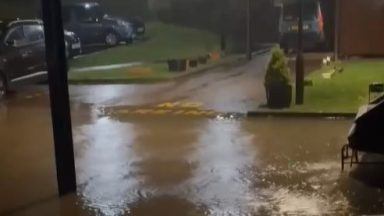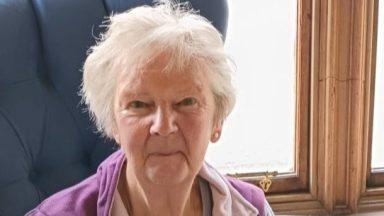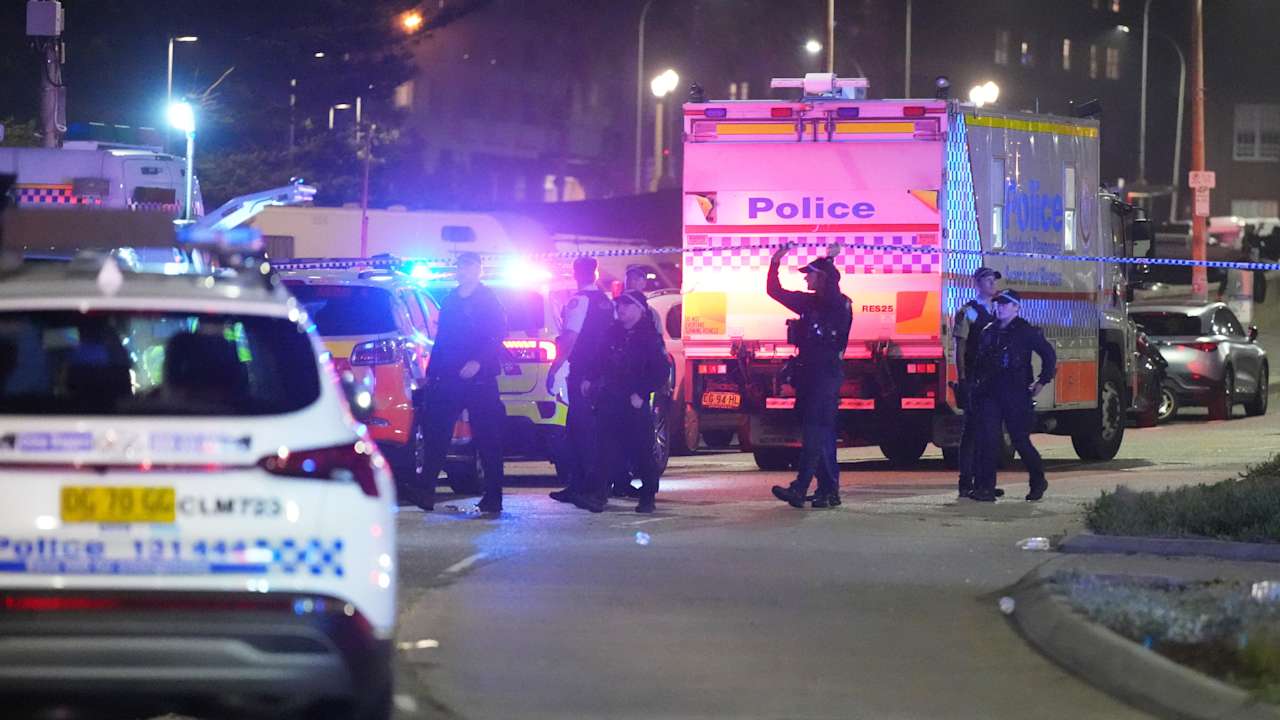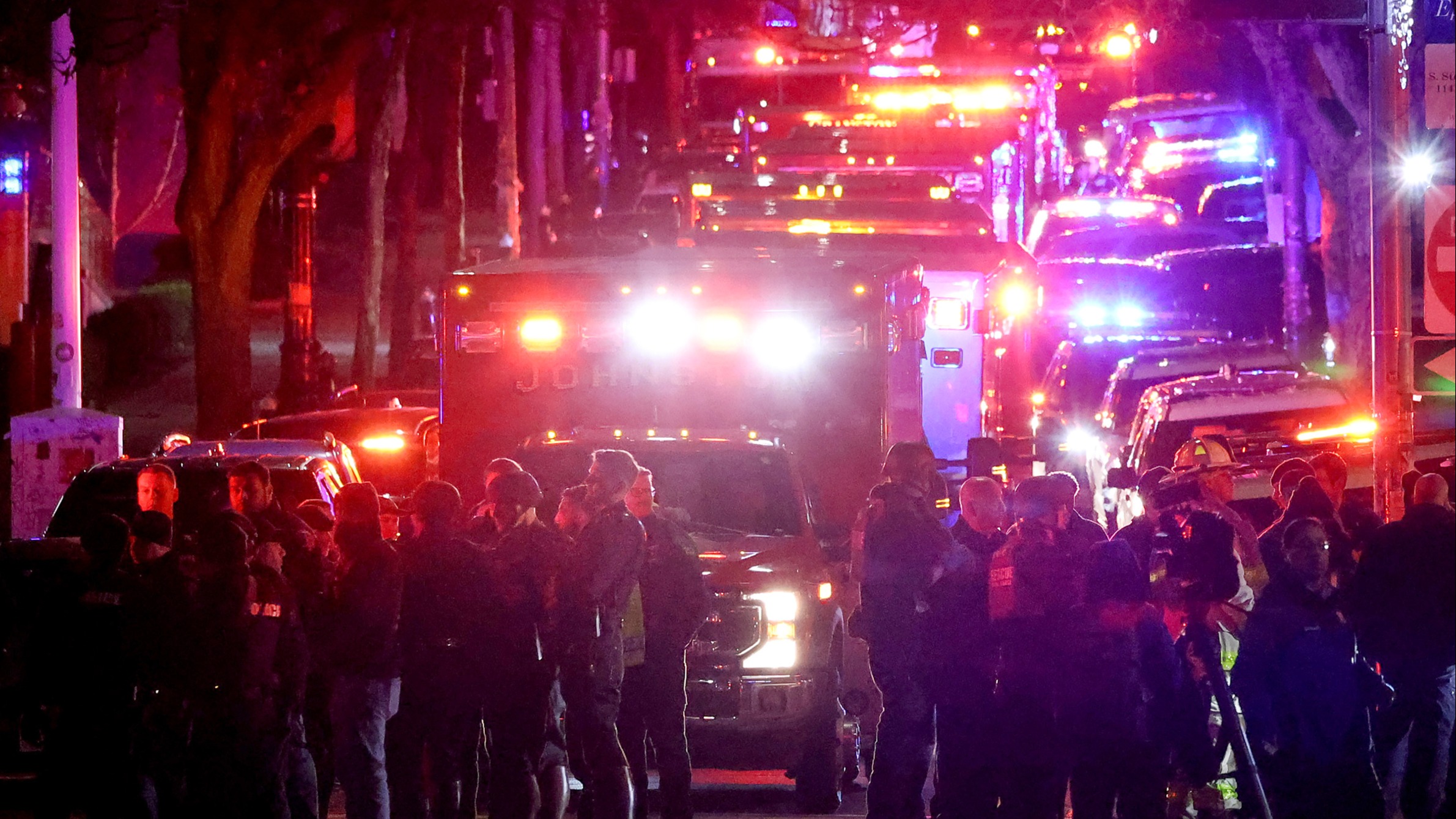Glasgow Royal Infirmary is often operating at 250% capacity, according to a new report published by Healthcare Improvement Scotland.
Inspectors carried out an unannounced review of the hospital’s emergency ward on April 9 as part of an overall inspection of three hospitals in NHS Greater Glasgow and Clyde.
During the first visit inspectors came across “nine patients waiting on trollies either within corridor areas or beside the nursing station.”
NHS Greater Glasgow and Clyde submitted evidence to Healthcare Improvement Scotland demonstrating that the emergency department in the hospital was often operating at 250% capacity.
Staff on the ward reported that they were significantly concerned with overcrowding.
They told inspectors that they had previously discovered patients in the department that were thought to have left prior to being reviewed, misidentified patients resulting in tests having to be repeated, and patients falling from trollies.
Healthcare Improvement Scotland also noted that patients waiting in corridors at times fell “critically unwell”.
After concerns were raised with senior managers impact of overcrowding in relation to patient care, patient privacy and dignity and fire evacuation safety, an unannounced hospital wide inspection was carried out from June 3 to June 5.
Following the second inspection, Healthcare Improvement Scotland noted “significant improvements”, however, further improvements were identified to ensure the privacy of patients being transferred throughout the hospital.
Donna Maclean, chief inspector, Healthcare Improvement Scotland, said: “NHS Greater Glasgow and Clyde responded promptly to our concerns following the initial focused inspection of the emergency department. They provided assurance that immediate key actions had been put in place to improve patient safety within the department.
“We revisited the emergency department as part of the subsequent inspection and saw that significant improvements had been introduced to enhance patient safety and care.
“Throughout the rest of the hospital we saw teams working hard to deliver compassionate and responsive care.
“The wards we inspected were calm and well-led with good teamwork. The majority of staff described a supportive and visible senior leadership team.
“Areas for improvement identified included maintenance of the care environment. To ensure effective cleaning, the hospital environment must be well maintained and in a good state of repair. During our inspection we observed the fabric of the building in the older part of the hospital was in a poor condition in several areas.
“We also identified further improvements required to ensure patient privacy and dignity is maintained for patients being cared for in corridors in the emergency department or being transferred throughout the hospital under the continuous flow model.”
NHS Greater Glasgow Clyde has confirmed that nine out of 11 requirements have been completed with the other two being implemented by the end of the year.
A spokesperson from the health board said: “We thank Healthcare Improvement Scotland for their report following the inspection at the Glasgow Royal Infirmary in April and June 2024.
“We are pleased to be recognised for five areas of good practice which included well organised mealtimes, good staff health and wellbeing support, and specifically in our emergency department an electronic logbook which allows real time oversight of the department and good work led by our patient experience team to understand the patient experience within the emergency department.
“We were also pleased to note that the inspectors found the ward areas calm and well led, with good teamwork and senior team visibility and support.
“We recognise some aspects of care and standards weren’t what they should have been, and we have taken the report findings very seriously.
“Immediate improvements were made following the inspection, and we can confirm that nine out of the 11 requirements published in the report have been completed, with the remaining two on track to be complete by the end of December 2024.
“Immediate actions included points related to Continuous Flow, such as taking the opportunity to revisit its principles with ward and operational teams, and to work together to ensure all patients arriving to a ward are given a bed space at the earliest opportunity, monitoring this closely with clear escalation if there is not a delay.
“The GRI also continues to promote the “Home for Lunch” campaign to support all our patients being in right place at the earliest of opportunities.”
Follow STV News on WhatsApp
Scan the QR code on your mobile device for all the latest news from around the country


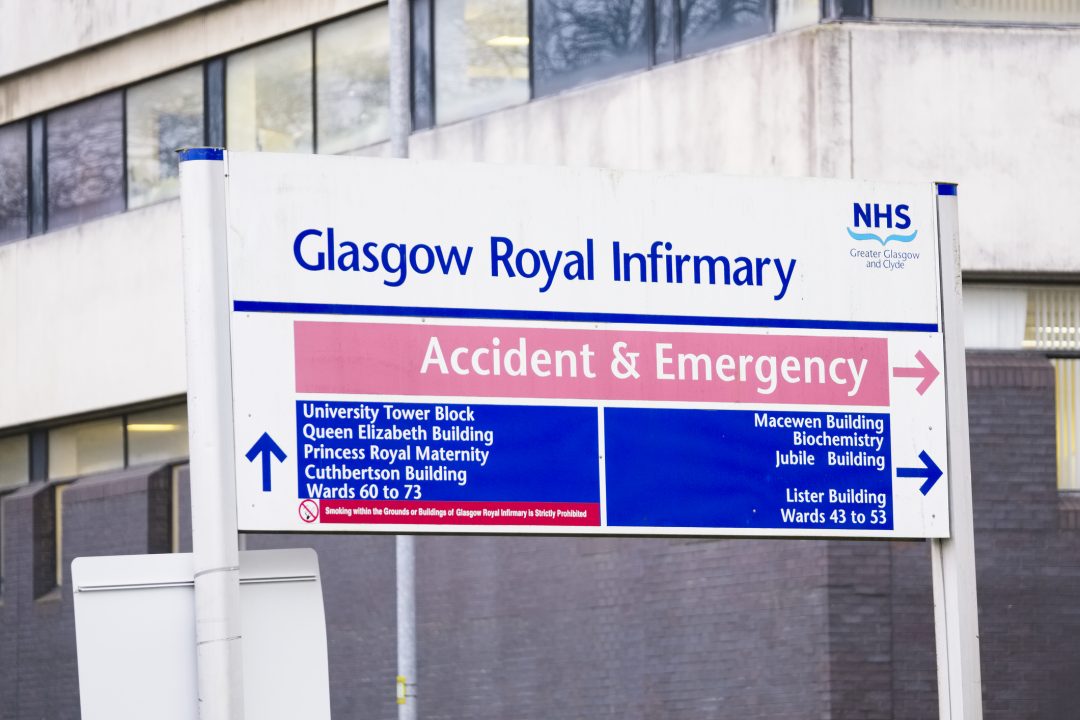 iStock
iStock




